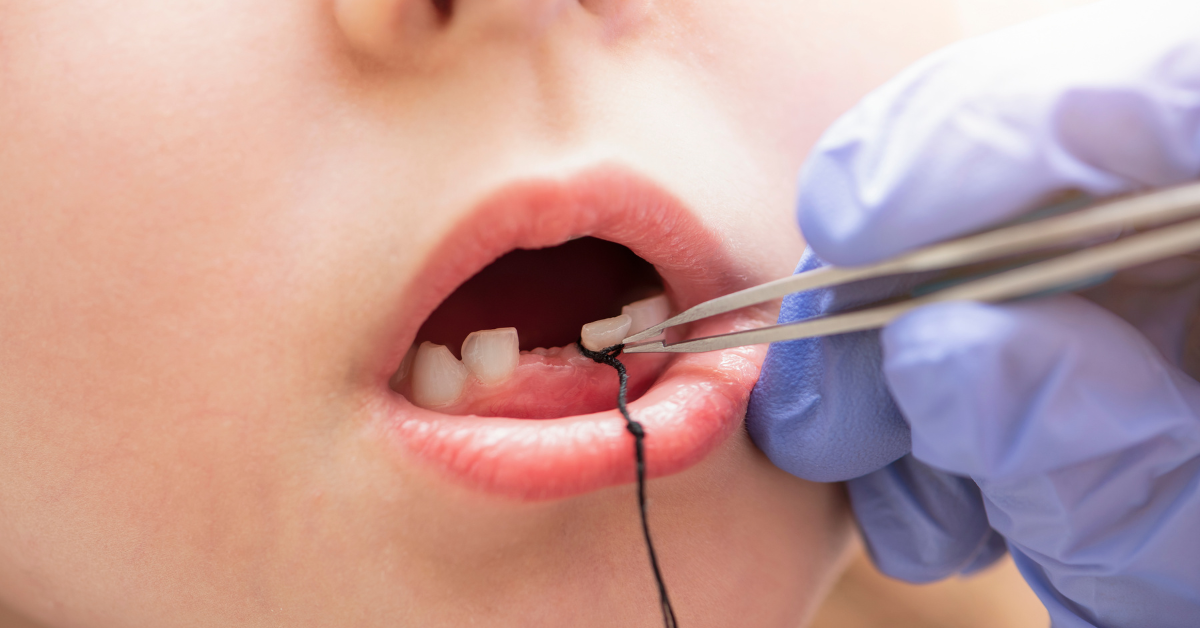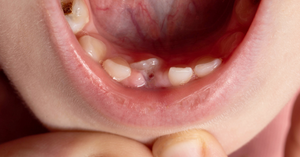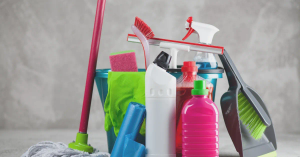A knocked-out tooth, or dental avulsion, is a dental emergency that requires immediate attention. This condition is not only painful but can also lead to long-term dental issues if not managed properly. Understanding how to prevent such incidents and knowing the appropriate steps for management can significantly impact the prognosis. This article covers essential preventive measures, immediate management strategies, and long-term care for a knocked-out tooth.
Prevention of Knocked-Out Teeth
Preventing dental avulsions involves a combination of protective gear, safety practices, and regular dental care:
1. Use of Protective Gear:
- Mouthguards: Athletes, especially children, should wear mouthguards during contact sports like football, hockey, and basketball. Custom-fitted mouthguards offer better protection and comfort than over-the-counter options.
- Helmets: In sports or activities with a high risk of falls or impacts, such as cycling or skateboarding, wearing helmets can protect not just the head but also the mouth and teeth.
2. Safe Environment:
- Childproofing: In homes with young children, childproofing measures, such as covering sharp edges and securing heavy furniture, can reduce the risk of falls and accidents.
- Supervision: Close supervision during play, especially in playgrounds or when engaging in rough activities, can help prevent accidents that might lead to dental injuries.
3. Oral Health Maintenance:
- Regular Dental Check-ups: Routine dental visits help ensure that teeth and gums are healthy and can resist trauma better. Dentists can also provide personalized advice on protecting teeth.
- Strong Teeth: A diet rich in calcium and vitamin D, along with good oral hygiene practices, strengthens teeth, making them less susceptible to damage.
Management of a Knocked-Out Tooth
Immediate action is crucial in the case of a knocked-out tooth. The chances of successful replantation are highest if the tooth is handled correctly and treated within the first hour after the incident. Here are the steps to follow:
1. Handle the Tooth Carefully:
– Pick up the tooth by the crown (the part that is usually visible in the mouth), not the root. Handling the root can damage the cells necessary for reattachment.
2. Keep the Tooth Moist:
- Rinse and Reposition: If the tooth is dirty, rinse it gently with milk or saline solution. Do not scrub or remove any attached tissue fragments. If possible, try to reposition the tooth in its socket. Have the person bite down gently on a clean cloth or gauze to hold it in place.
- Storage Solutions: If repositioning the tooth is not possible, keep it moist in one of the following:
- Milk: The preferred storage medium if the tooth cannot be reinserted immediately.
- Saliva: The person can hold the tooth in their cheek or under the tongue, provided they are conscious and alert.
- Saline Solution: Use a specialized storage solution like Hank’s Balanced Salt Solution if available.
3. Seek Immediate Dental Care:
– Time is critical; ideally, the tooth should be reimplanted by a dentist within 30 minutes to an hour. However, teeth stored properly can sometimes be successfully reimplanted even after several hours.
Long-Term Care and Considerations
After reimplantation, follow-up care is essential to ensure the tooth remains healthy and functional:
1. Monitoring and Stabilization:
The dentist may splint the tooth to adjacent teeth for stability. This is usually done for a period of a few weeks to a couple of months, depending on the case.
2. Root Canal Therapy:
In many cases, a root canal will be necessary to remove damaged pulp tissue and prevent infection. This may be done immediately or after some time, depending on the tooth’s maturity and condition.
3. Ongoing Dental Care:
- Regular dental visits are crucial for monitoring the health of the reimplanted tooth. The dentist will check for signs of root resorption, infection, or other complications.
- Good oral hygiene practices, including brushing, flossing, and using fluoride products, will help maintain the health of the tooth and surrounding tissues.
4. Protective Measures:
After a tooth is reimplanted, using a mouthguard during sports or physical activities becomes even more critical to protect the restored tooth from future trauma.
Conclusion
A knocked-out tooth can be a distressing experience, but with prompt and appropriate action, the tooth can often be saved. Preventive measures, such as using protective gear and maintaining a safe environment, can significantly reduce the risk of dental avulsions. In the event of an accident, knowing the correct steps to manage the situation and seeking immediate dental care are crucial for the best possible outcome. With proper care and follow-up, individuals can preserve their natural teeth and maintain their oral health.








